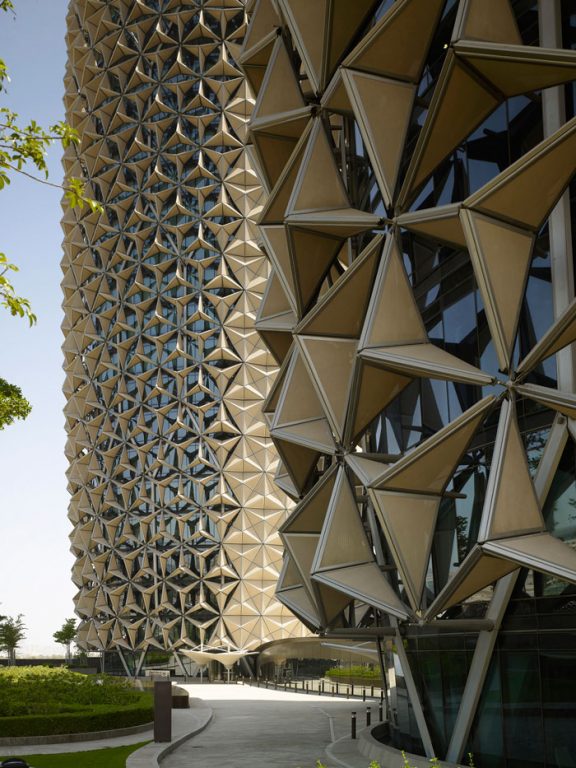After a slow lift-off, the Internet of Things is making its presence felt in almost every aspect of the AECO industry and these technologies have already started to deliver, writes Peter Marchese, senior technical evangelist at Microdesk
The term ‘Internet of Things’ (IoT) has been around for years, but like many promised technology disruptions, it’s taken some time for the concept to find its legs and live up to the promises made for it.
In 2016, however, the IoT is finally starting to be implemented in many different industries – not least the architecture, engineering, construction and owner- operated (AECO) industry, which is incorporating IoT ideas and technologies into how buildings are designed, constructed and managed.
Take, for example, the field of architecture: here, we see buildings that use IoT principles to become more ‘transformative’, adapting to users’ needs based on changing internal and external environmental conditions.
The RMIT School of Architecture and Design in Melbourne, Australia, for example, is covered in thousands of small, circular glass plates that rotate to improve interior conditions, providing increased shade and ventilation. This is an innovative application of IoT ideas that not only helps designers create more efficient buildings, but also helps owners save money through energy efficiency.
Another innovative example might be the adaptive skins on the Al Bahr Towers in Abu Dhabi, United Arab Emirates. These are reactive to the sun and dynamically adjust throughout the day to manage sunlight and heat gain, again saving money through energy efficiency. And at the same time, from a designer’s perspective, the exterior skins also give the building a unique aesthetic.
IoT for engineers
In civil and structural engineering, different uses are being found for IoT concepts and technologies. They might be used, for example, to improve people’s safety, particularly when it comes to building structures and bridges based in seismic zones.
Here, maintenance can be an issue. In the US state of California alone, there are over 24,000 bridges that need to be inspected. But inspectors face significant constraints — in many locales, they work in small teams of two, for example, and only spend two days a week in the field.
With intelligent sensors and devices, it might be possible to collect and analyse data relating to the condition of these structures through an automated, regular process. By identifying any issues, engineers could prioritise maintenance tasks better and prevent future accidents.
In mechanical, electrical, and plumbing (MEP), meanwhile, IoT technologies are being integrated into building environmental systems. That gives MEP engineers the ability to track the status of the wide variety of systems that one might find in a medium to large-sized construction project, building up a more holistic view of multiple disparate systems and driving more intelligent processes for owners, relating to the management and maintenance of their properties.
For example, a building might have sensors installed that take temperature and pressure readings from mechanical equipment. If those readings start to climb, they may reach a point where an inspection is required. With IoT technologies, on-site maintenance staff can be alerted to the situation. They may even be guided to the correct location via a 3D map or model. If parts need replacement, a service order might be automatically generated. The whole process is more efficient, saving time and money.
The potential here is huge: the IoT will help to create better built environments, using data that gives us insight and automation that speeds up processes and makes them more accurate. It can simplify workflows and provide new solutions to hard-totackle problems. We are still in the beginning stages of seeing how IoT will impact AECO projects and the industry itself, but it’s already started to deliver on its promises.
Microdesk helps AECO firms implement and utilise design and construction technology. The consultancy has 12 offices worldwide, including a recently opened office in London, UK.
If you enjoyed this article, subscribe to AEC Magazine for FREE






